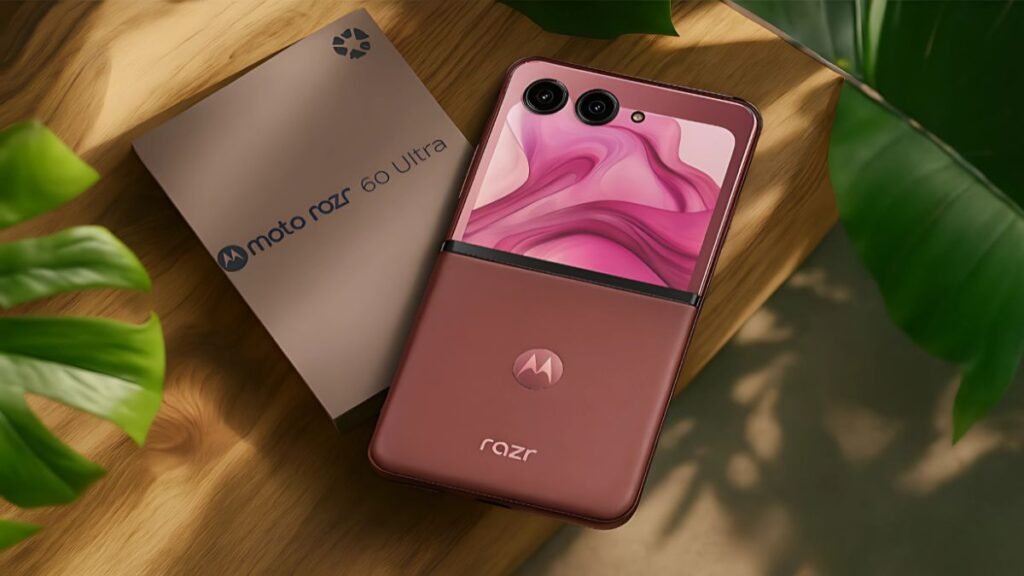Oppo K13 Turbo Latest Smartphone Launched: You’ve seen the teasers, the fan tweets, and the “gaming beast” claims. Now let’s translate all that launch buzz into clear, lived-in guidance. The OPPO K13 Turbo series—K13 Turbo 5G and K13 Turbo Pro 5G—has arrived with a punchy spec sheet made for performance lovers: a huge 7000 mAh battery, Snapdragon 8s Gen 4 on the Pro, a 120 Hz flat AMOLED, serious water-resistance, and—headline feature—a built-in cooling fan on the Pro for sustained frame-rates. Below, we break down what actually matters after unboxing—display comfort, thermal behavior, battery reality, camera consistency, and the smart ways to buy—so you can decide quickly and feel great about your choice months from now.
Launch Snapshot: Models, Prices, Colors, What’s in the Box
Both K13 models share the same design language, with the Pro adding premium silicon and an active fan. Official colors include White Knight, Purple Phantom, and Midnight Maverick for K13 Turbo, plus Silver Knight on the Pro. Typical launch pricing lands around ₹27,999 (K13 Turbo 8/128) and ₹37,999 (K13 Turbo Pro 8/256), with higher-RAM options slightly above that. Expect bank offers and trade-in credits that reduce the effective price.
Design & Build: Flat, Grippy, and Made for Marathon Sessions
OPPO keeps it gamer-friendly with a flat 120 Hz display, squared edges for grip, and a fingerprint-resistant back panel. The K13 Turbo Pro integrates a compact active cooling fan alongside extensive passive cooling, all in a chassis rated for heavy water exposure under standardized tests. The standard K13 Turbo mirrors the look without the fan. In hand, both phones feel purpose-built for long landscape holds—no slippery curves, no desk wobble when you tap near the top.
Why it matters: you’ll notice this every hour—fewer slips when gaming on the move, less heat near your fingertips, and less anxiety about sweaty-palm summer sessions.
Display Experience: 120 Hz Flat AMOLED, Fast Touch & True Colors
The K13 screens are tuned for competitive play: a 6.8-inch flat AMOLED, 120 Hz refresh, and high touch-sampling for fast aim control. Some regions list a 1.5K panel; others run crisp FHD+—either way, clarity and responsiveness are the draw. Minimal input lag helps in aim-heavy titles, while the flat geometry reduces accidental edge touches versus curved displays.
Store-test trick: load your favorite shooter and micro-adjust across the screen; the 120 Hz + high touch combo is instantly obvious.
Performance & Thermals: Snapdragon 8s Gen 4 (Pro) for Real-World Speed
The K13 Turbo Pro 5G runs Snapdragon 8s Gen 4, an enthusiast-grade SoC prioritizing sustained throughput over short-burst bragging rights. Combined with the active fan and a large vapor-chamber stack, the Pro is engineered to hold clocks longer and keep frame-times smooth after minute 20—not just minute two. The standard K13 Turbo targets a more affordable tier but stays tuned for fluid everyday performance.
Translation: fewer throttle dips mid-match, longer 4K recording runs without “too hot” warnings, and calmer palms late in the day.
Cooling That’s Actually Visible (and Sensibly Quiet)
OPPO’s cooling on the Pro blends a micro fan with layered passive heat spreaders. Under heavier loads, the fan spools to push heat out; during casual use, passive cooling carries the load quietly. Sealing and ducting are designed so you get robust water protection without sacrificing airflow. If you game in hot climates or film long B-roll, this isn’t a gimmick—it’s real headroom.
Battery & Charging: 7000 mAh Endurance + Fast Top-Ups
A massive 7000 mAh cell powers both models, with fast wired charging (wattage varies by bundle). The big takeaway is time-to-percent: short 15–30 minute top-ups add real hours, and charging logic slows near full to protect long-term health. Day-to-day, most users see “two commutes + evening gaming” on a single charge.
Pro tip: prioritize quick daytime boosts over deep nightly drains; heat, not cycles, ages lithium fastest.
Cameras: Practical Trio, Pro Adds OIS
While K-series is performance-led, the cameras are far from an afterthought. The Pro features a 50 MP OIS main with supporting sensors; the standard K13 uses a 50 MP EIS main. A 16 MP selfie brings crisp detail for streams and vlogs. OPPO’s tuning favors realistic color and quick focus locks; portraits look natural, and night scenes avoid over-bright halos. 4K30/60 on the main camera (model-dependent) benefits from the thermal headroom, staying stable longer.
Reality check: this isn’t a periscope phone—it’s a “consistent main + solid selfie” setup that won’t embarrass you at night or during desk-macro reels.
Storage, RAM & UFS: Buy for Two Years, Not Two Months
Configurations typically span 8/128 up to 12/256. If you record 4K or keep offline media, 256 GB is the safe floor. UFS generation may vary by SKU—check the box if install speeds and big-file writes matter to you.
Software & Updates: Clean Enough to Disappear
ColorOS on the K13 series is leaner than you might expect: tidy quick toggles, intuitive gaming modes, and haptics that land short and precise (not buzzy). Update promises differ by segment, but you can expect multiple Android version bumps and regular security patches. If long support is a must, make it a must in writing at purchase.
Connectivity: Effortless 5G, Modern Wi-Fi, and eSIM Options
Expect broad 5G SA/NSA bands, dual-SIM options (physical + eSIM may vary), NFC for payments, and modern Wi-Fi/Bluetooth stacks. What you’ll notice isn’t just speed; it’s reliability—fewer cell-to-cell drops, quick GPS locks in urban canyons, and earbuds that pair once and stay paired.





